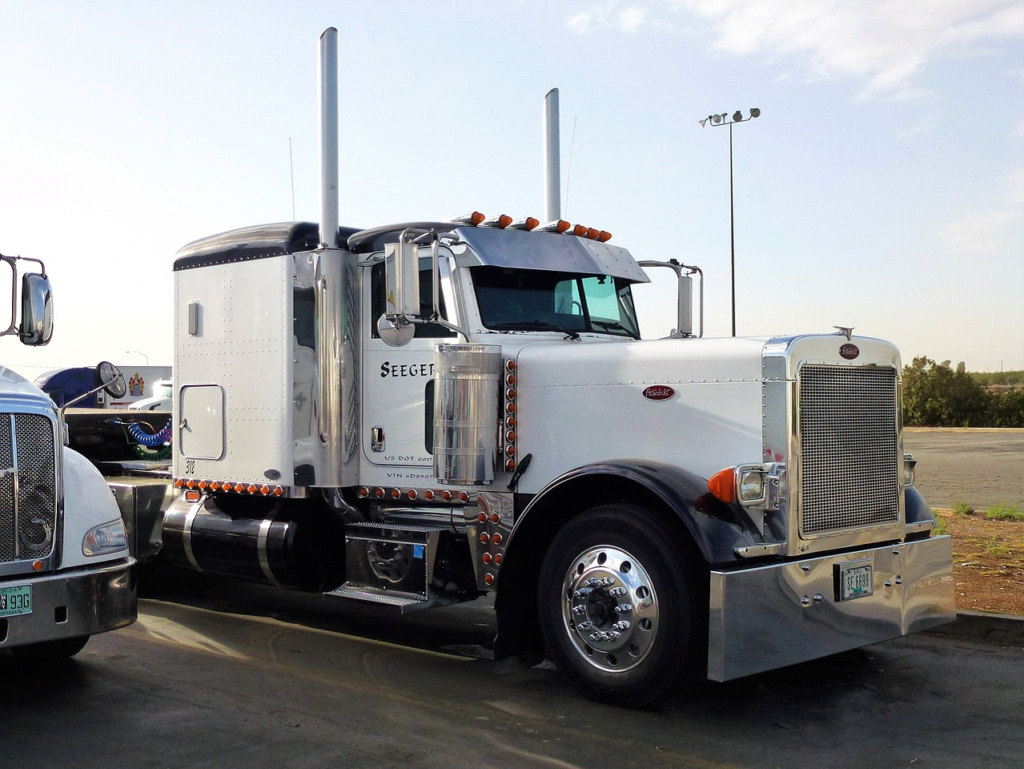Registering for the Unified Carrier Registration (UCR) is a crucial requirement for motor carriers, brokers, freight forwarders, and leasing companies involved in interstate commerce. The UCR program ensures that these businesses contribute to state safety and enforcement programs that monitor commercial vehicle operations. To help you navigate the process, here’s a detailed, step-by-step guide on how to register for UCR.
Step 1: Determine If You Are Required to Register
Before beginning the registration process, it’s essential to determine whether your business qualifies for UCR registration. You must register if:
⦁ You are a motor carrier operating vehicles weighing more than 10,000 pounds in interstate commerce.
⦁ You are a broker, freight forwarder, or leasing company involved in arranging or facilitating the transportation of goods across state lines.
⦁ Even if you occasionally operate across state lines or transport goods originating from or destined for another state, you are required to comply with UCR.
Make sure to verify your company’s operational status and confirm if you fall under these categories before proceeding.

Step 2: Gather Your Required Information
Step 2: Gather Your Required Information
To successfully complete your UCR registration, you’ll need to provide specific information about your business. Having these details ready will make the process smoother:
⦁ USDOT Number: This is your business’s unique identifier for operating in interstate commerce. Make sure your USDOT number is active and up-to-ate before beginning the UCR registration process.
⦁ Fleet Size: UCR fees are based on the size of your fleet, so you will need to provide the number of commercial motor vehicles (CMVs) you operate in interstate commerce. This includes owned, leased, and rented vehicles.
⦁ Taxpayer Identification: You will be required to provide your Employer Identification Number (EIN) or Social Security Number (SSN) for identity verification.
⦁ Contact Information: Include both your physical and mailing addresses, as well as your phone number and email address, to ensure that you receive important UCR notifications.
Step 3: Choose Your Registration Method
There are two primary methods for registering for the UCR program: online registration and paper registration.
⦁ Online Registration:
⦁ This is the fastest and easiest way to file your UCR registration. Online platforms, like U.S Carrier Registration allow you to quickly submit your information and payment in a secure environment.
⦁ The system will guide you through the process step-by-step, ensuring all necessary fields are completed.
⦁ Once you finish the online registration and submit your payment, you’ll receive an instant confirmation of your UCR registration. This is the recommended method for its speed and convenience.
⦁ Paper Registration:
⦁ You can also complete your registration using a paper form. The official UCR website provides downloadable forms that can be printed and mailed.
⦁ While this method is available, it’s much slower due to postal delays and manual processing. If you choose this method, make sure you account for the extra time needed to complete the registration process.
⦁ After filling out the form, send it to the appropriate mailing address as listed on the UCR website or your state’s UCR portal.
Step 4: Pay the UCR Fee
UCR fees are determined by the size of your fleet. Businesses are grouped into different fee brackets based on how many vehicles they operate in interstate commerce. The brackets are as follows:
⦁ 0-2 vehicles: Lowest fee tier.
⦁ 3-5 vehicles: Mid-range fee tier.
⦁ 6 or more vehicles: Highest fee tier.
Once your fleet size has been submitted, the UCR system will calculate your fee based on the applicable tier. After you verify the fleet size and total fee, proceed with payment. Most online systems accept credit cards, debit cards, or electronic checks for payment. Once the payment is completed, your registration will be processed.

Step 5: Receive Your Confirmation and Keep Records
Upon completing the UCR registration and payment process, you will receive a confirmation notice. This serves as proof that your registration has been successfully processed. Make sure to save a copy of this confirmation, as you may need to provide it during audits, inspections, or roadside checks to demonstrate compliance.
In some cases, law enforcement agencies conducting inspections will request proof of UCR registration, so it’s important to keep these records accessible in your business files or vehicles.
Step 6: Set Annual Reminders for UCR Registration
UCR registration must be renewed every year, and the registration window typically opens in the fall for the following year. Set reminders or alerts on your calendar to ensure you register on time, as failing to register by the December 31st deadline can result in penalties or fines.
If you prefer a hassle-free experience, you can use services like U.S Carrier Registration to help manage your UCR compliance year after year. These services send you reminders and make the registration process easier, ensuring you never miss a deadline.
Registering for the Unified Carrier Registration (UCR) is a critical step for motor carriers, brokers, and freight forwarders operating in interstate commerce. By following this step-by-step guide, you can ensure your UCR registration is completed efficiently and accurately. Whether you choose to register online for faster processing or by paper for more traditional methods, staying compliant will help your business avoid penalties and interruptions.
For a streamlined and secure registration experience, consider using U.S Carrier Registration to help you file your UCR and ensure ongoing compliance each year.

